
Jeju Island, often referred to as the “Hawaii of South Korea,” is a stunning volcanic island known for its natural beauty, rich culture, and unique attractions. Whether you’re an adventurer, a nature lover, or simply looking to unwind, Jeju offers a diverse range of experiences to satisfy every kind of traveler.
In this blog post, we explore top things to do in Jeju Island, from scenic spots to cultural wonders and thrilling outdoor adventures.
Things to Do in Jeju
1. Climb Hallasan Mountain
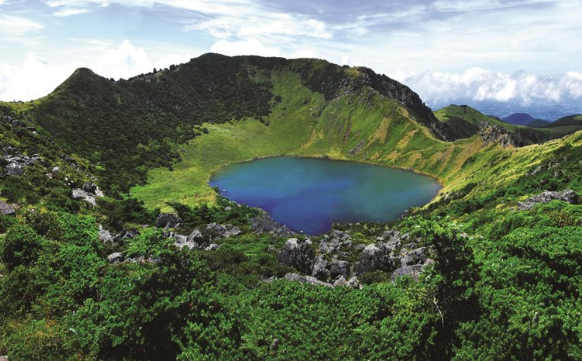
At 1,947 meters above sea level, Hallasan is South Korea’s tallest mountain and a UNESCO Biosphere Reserve. Hike one of the several trails to the summit for panoramic views, alpine vegetation, and craters. The Seongpanak and Gwaneumsa trails are the most popular routes.
Tip: Wear proper hiking gear and check weather conditions before you go.
2. Explore Manjanggul Lava Tube
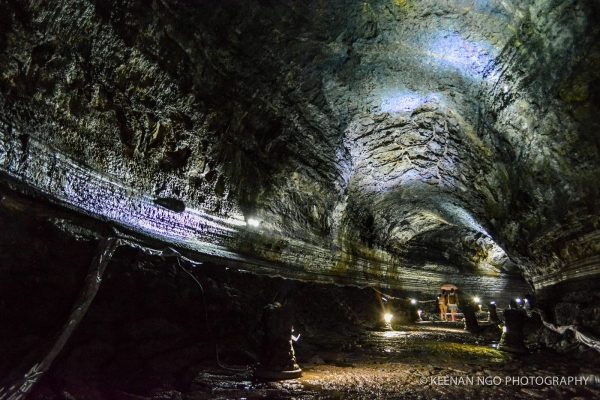
One of the longest lava tubes in the world, Manjanggul Cave is a must-see natural wonder. Visitors can walk through a 1 km portion of this geological marvel to see lava stalactites, lava columns, and bat colonies.
3. Visit Seongsan Ilchulbong (Sunrise Peak)
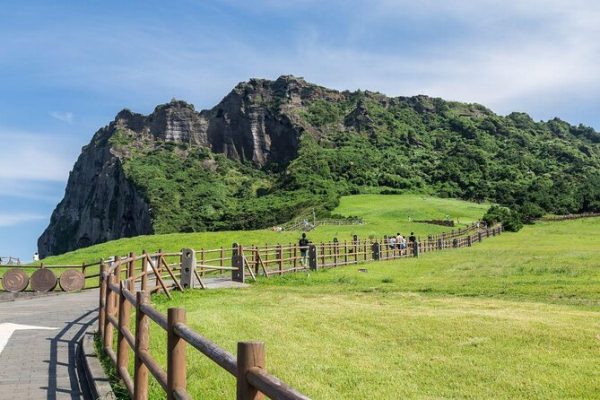
This tuff cone volcano, formed over 5,000 years ago, is famous for its dramatic cliffs and sweeping ocean views. A short but steep hike leads to the top, where visitors can enjoy breathtaking sunrises.
Best time to visit: Early morning for sunrise, or late afternoon for cooler weather.
4. Relax at Jeju’s Beautiful Beaches
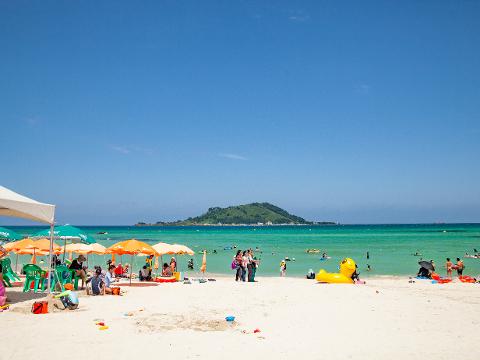
Jeju has some of South Korea’s most picturesque beaches:
-
Hyeopjae Beach – Known for white sand and clear turquoise water.
-
Jungmun Saekdal Beach – Ideal for surfing and swimming.
-
Hamdeok Beach – Great for families, with shallow waters and scenic views.
5. Stroll Through Camellia Hill or Hallim Park
View this post on Instagram
If you’re a flower lover, Camellia Hill is a dream, showcasing hundreds of camellia varieties especially beautiful in winter. Hallim Park, near Hyeopjae Beach, offers themed gardens, lava caves, and a bird sanctuary.
6. Discover Jeju Folk Village
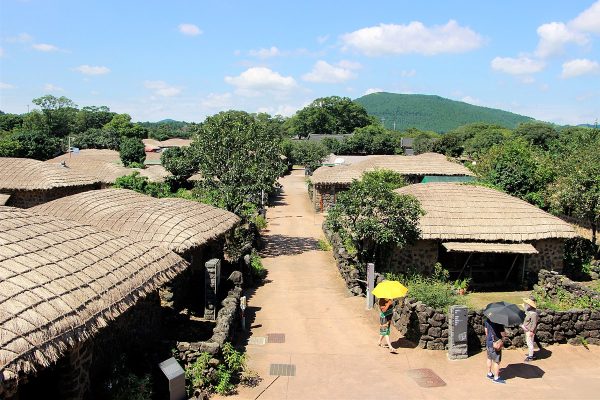
For a deep dive into traditional island life, visit the Jeju Folk Village, a recreated historical village with thatched houses, folk artifacts, and cultural performances. It gives visitors insight into how Jeju residents lived centuries ago.
7. Marvel at Jeongbang & Cheonjiyeon Waterfalls
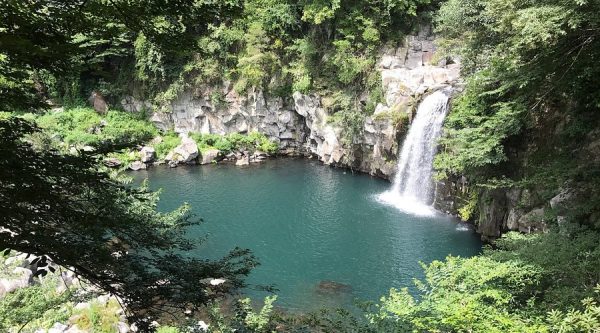
-
Jeongbang Waterfall is one of the few in Asia that falls directly into the ocean.
-
Cheonjiyeon Waterfall offers a serene forest walk leading to a beautiful pool beneath the falls.
These are perfect spots for photos, especially after rainfall when the water flow is strongest.
8. Take a Day Trip to Udo Island
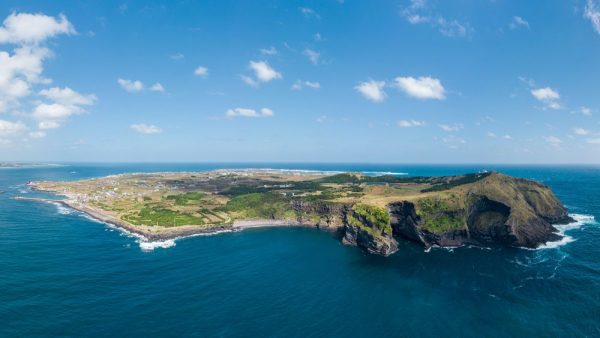
Accessible by ferry, Udo Island (Cow Island) offers laid-back vibes, bike rentals, and picturesque beaches. Don’t miss peanut ice cream, a local specialty, and the iconic Udobong Peak for coastal views.
9. Experience Jeju’s Haenyeo Culture
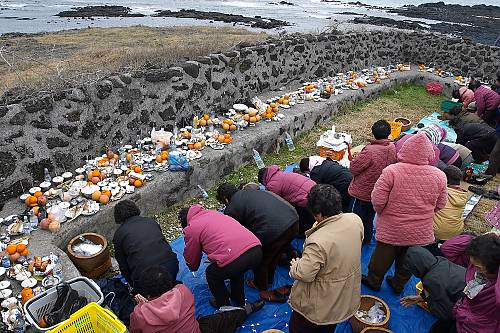
Haenyeo are female divers who harvest seafood without oxygen tanks, a tradition unique to Jeju. Visit the Haenyeo Museum or watch a live diving performance at Seongsan to learn about this centuries-old practice.
10. Try Jeju’s Unique Cuisine
View this post on Instagram
Don’t leave Jeju without trying:
-
Black pork BBQ – Smoky, tender pork from Jeju’s native black pigs.
-
Abalone porridge (jeonbokjuk) – A delicacy served in many local restaurants.
-
Hallabong – A sweet citrus fruit unique to Jeju.
Frequently Asked Questions About Things to Do in Jeju
1. What is Jeju Island best known for?
Jeju Island is best known for its volcanic landscapes, beaches, waterfalls, lava tubes, and Hallasan—South Korea’s highest mountain. It’s also famous for its unique Haenyeo divers and scenic sunrise views at Seongsan Ilchulbong.
2. How many days should I spend in Jeju?
Ideally, 3 to 5 days is enough to explore Jeju’s major attractions. This allows time for hiking, beach visits, cultural experiences, and day trips to Udo Island.
3. Do I need to rent a car in Jeju?
Yes, renting a car is highly recommended for convenience and flexibility. Public transportation exists but is limited compared to the mainland. A car allows you to reach more remote beaches, mountains, and caves at your own pace.
4. Can I hike Hallasan Mountain without a guide?
Yes, you can hike Hallasan independently. The trails are well-marked and maintained, but it’s best to start early and check weather conditions before hiking. There’s no need for a guide unless you prefer one.
5. What are the best beaches to visit in Jeju?
Top beaches include:
-
Hyeopjae Beach – White sand and calm turquoise water.
-
Hamdeok Beach – Popular with families and water activities.
-
Jungmun Beach – Great for surfers and coastal views.
6. Are there any unique cultural experiences in Jeju?
Yes. Jeju is rich in culture. Highlights include:
-
Haenyeo performances (female free divers)
-
Jeju Folk Village
-
Traditional stone statues (Dol Hareubang)
Final Thoughts
Jeju Island is more than just a beach destination, it’s a dynamic blend of nature, culture, adventure, and history. Whether you’re trekking volcanic peaks, soaking up the sun, or indulging in local cuisine, Jeju guarantees a memorable escape from city life.

Leave a Reply